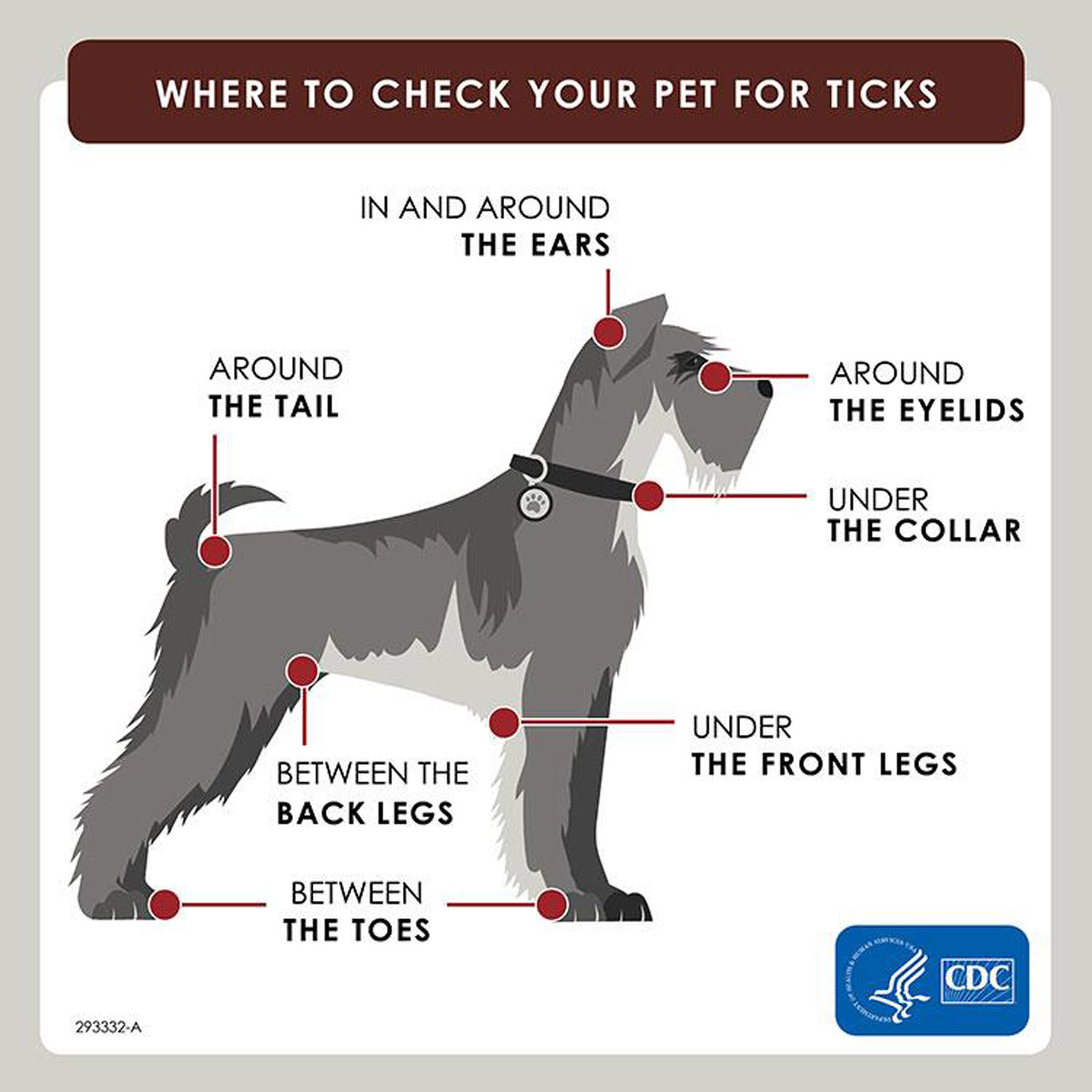4 Precautionary Measures to Protect Your Pet From Tick-borne Diseases

Ticks lodge themselves in the skin of your pet, under the fur. Almost invisible to the naked eye, these pesky little creatures can pose various health dangers to your pet, with diseases like Lyme disease, Ehrlichiosis, Spotted fever, and tick paralysis being just some of the many life-threatening infections that they can cause.
Because ticks are so difficult to spot, it’s important that you take precautionary measures to keep your furry friend safe from these pests. Save them the unnecessary suffering and pain and save yourself the heartbreak! Here’s how you can do so:
1. Use preventive medications and products
There are many products available that can prevent ticks from latching onto your pet or kill and remove those that are already on your pet. Some of these include collars, oral medication, or tick prevention drops that are applied to the fur.
Most of these products are readily available at any pet shop in Singapore, but before you apply any tick prevention products to your pet (especially to your cat), always consult your veterinarian first!
2. Get vaccinated at the vet’s

Unfortunately, Singapore doesn’t experience the four seasons, so you can expect to be dealing with ticks all-year-round as the constant humidity here creates the perfect environment for these pests to thrive. For more long-lasting protection against tick-related diseases, approach the professional vets in Singapore for a Lyme disease vaccination — it is actually one of the necessary vaccinations all pet owners must get for their puppy and kitten! Booster shots will then be required every 1 to 3 years when your pet is an adult.
3. Be aware of the symptoms
Yes, prevention is better than cure, but in the event that a tick has slipped through the cracks, it’s vital that you know the signs and symptoms of tick-borne diseases so that you can get your pet the medical help it needs as soon as possible.
Some of the symptoms include:
- Skin irritation
- Small bumps or lumps on the skin
- Coughing or difficulty in breathing
- Difficulty eating or inappetence
- Unsteady gait
- Inability to stand.
Signs of tick-borne diseases may not appear for 7 to 21 days or longer after a tick bite, so watch your pet closely for changes if you suspect that your pet has been bitten by a tick. If you spot any, visit a vet immediately! When caught soon enough, tick-borne diseases are curable.
4. Check for ticks regularly

Source: Centers for Disease Control and Prevention
Even if you use tick-repelling collars or drops, it is still important to check your pet for ticks regularly, especially after a walk outdoors. Usually, you’ll find these little creatures crawling behind your furkid’s ears, around their neck, or on their head.
If you do find a nasty tick that has already bitten into the skin of your pet, you should make sure that you remove the entire creature — mouth and all. Use a little bit of oil to completely dislodge it from the skin, then keep it carefully in an air-tight container. This might sound a little gross and disturbing, but different species of ticks carry different diseases, so keeping it might be useful to your vet in diagnosing your pet’s condition.








